|
THIS IS MY STORY
1942 through 1963
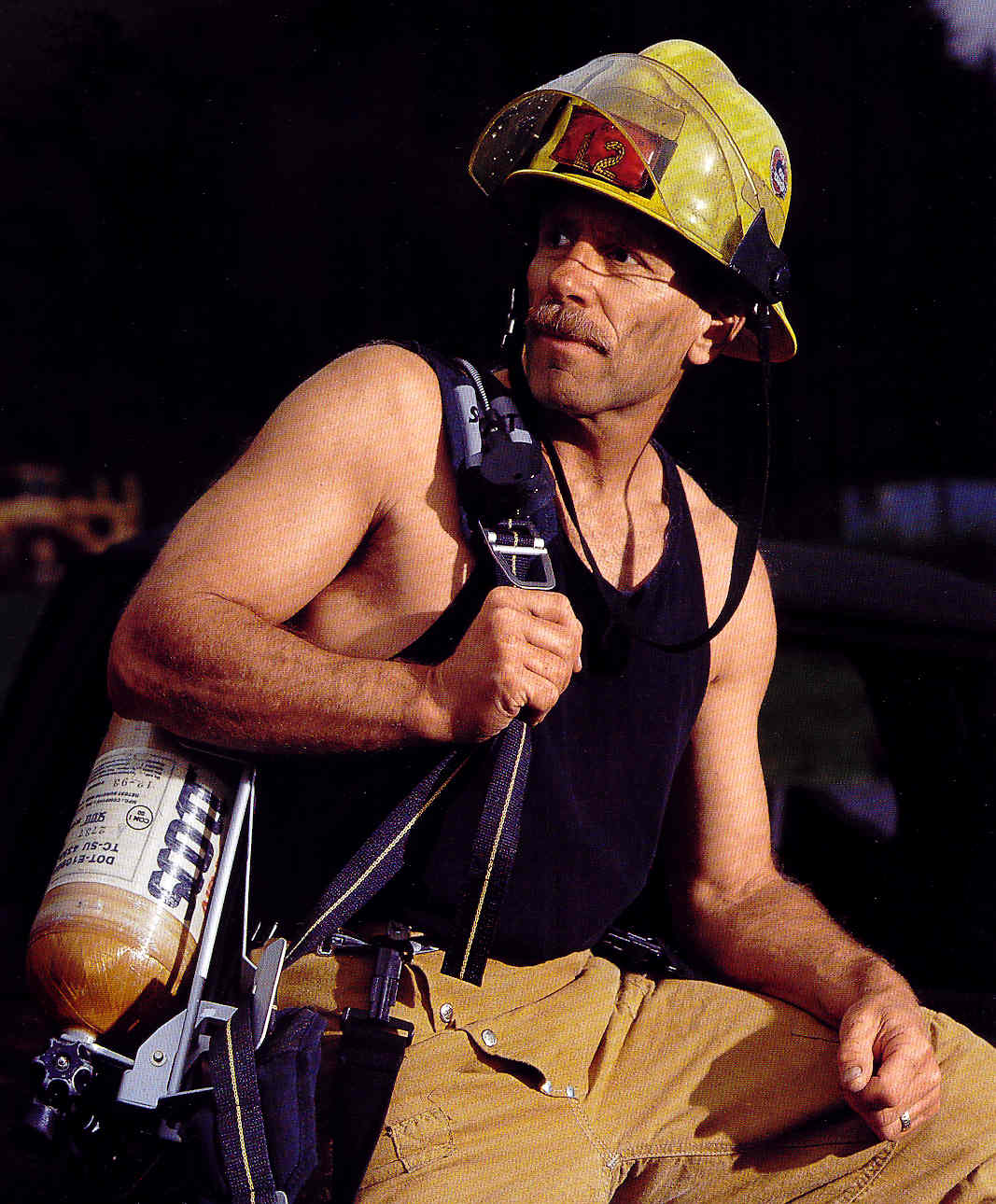 My name is
Roy and this is my story. I was
born on February 26, 1942 in the Boulevard Hospital, Astoria, New York at
4:12 PM. My parents were
Harry and Frieda (Fritzi) Davis.
Let me tell you a little about them before I start on me.
Harry was a firefighter in the Fire Department of New York (FDNY).
His parents,
Ella (Liz) and
Abram (Al),
were born in the US but were of Irish and English decent.
Fritzi’s parents,
August (Gusty) and
Frieda,
were from Germany and Hungary and met on the
S. S. Rotterdam
when immigrating to the US in 1913.
My first house was at
30-30 47th St, Astoria, NY (1942 to
1945). I don’t have many
memories of living there, but I do remember driving my tricycle down a brick
step handrail (looked like a ski jump) and had not thought about the landing
part. The result was not
pretty, but I survived. My name is
Roy and this is my story. I was
born on February 26, 1942 in the Boulevard Hospital, Astoria, New York at
4:12 PM. My parents were
Harry and Frieda (Fritzi) Davis.
Let me tell you a little about them before I start on me.
Harry was a firefighter in the Fire Department of New York (FDNY).
His parents,
Ella (Liz) and
Abram (Al),
were born in the US but were of Irish and English decent.
Fritzi’s parents,
August (Gusty) and
Frieda,
were from Germany and Hungary and met on the
S. S. Rotterdam
when immigrating to the US in 1913.
My first house was at
30-30 47th St, Astoria, NY (1942 to
1945). I don’t have many
memories of living there, but I do remember driving my tricycle down a brick
step handrail (looked like a ski jump) and had not thought about the landing
part. The result was not
pretty, but I survived.
In 1945,
when I was three, we moved to
87-60 117th St,
Richmond Hill. This house was
huge and we had tenants on the second and third floor.
It was directly across the street from Public School 51, but we had
to walk all the way to the end of the block to cross the street.
It was sure tempting to dash across the street.
We lived only a block or two from Harry’s mother, Liz, and his
sister, Lillian (they lived together).
This is where my friendship developed with Steve Huber.
His father, Bill, was also in the FDNY.
In fact my mother dated Bill but dropped him for Harry because she
thought he was too fresh. I
don’t have too many memories about life in Richmond Hill, except that Jahn’s
Ice Cream parlor was just down the block and they served an entrée called
the “kitchen sink” (26 scoops of ice cream).
In 1950,
when I was eight, we moved to
75-11 184th St in
Flushing, NY. This is where
most of what I did in my child hood is clear in my memory--Cub Scouts, Boy
Scouts, Swim Team, first job, girlfriends, college, etc.
Let me start with my first real job.
I became a newspaper delivery boy for the Long Island Press at the
age of 13 in the early 50s. I
used to load up the huge basket on the front of my bike with the newspapers
I folded and headed out. The trick was to ride down the side walk at a high
rate of speed and fling the paper up on the porch.
Percentage of success directly correlated to the size of the tip when
collecting the bill. It was a
great job! I only had one bad
incident that I can remember.
The front of the bike was very nose heavy because of the newspapers
and when attempting to get up a driveway onto the side walk I failed to lift
up hard enough on the handlebars to clear the lip of the driveway.
The result was 20 mph to 0 mph instantly and about 20 minutes to
reload my basket. I learned to never make that mistake again!
One of my
most vivid memories was of an event right after we moved to Flushing.
I was in the basement with the children of the company my parents had
upstairs. We were playing golf
with a real golf ball (which I appropriated) from the Clearview Golf Course
in Bayside. We were hitting the
ball with a curtain rod into a small opening in an unfinished wall of our
basement. I was the first
to be successful. When I
scooped the ball out with the curtain rod, out came a 3”x5” metal file box.
Curiously I opened the box and saw that it was filled with US
currency! I quickly ran
upstairs to show everyone. The
headlines in the
newspaper the next day read
“Flushing Boy Chasing Ball in Home Finds $2100 Tucked Away in Cellar”.
That’s what I get for having an honest fireman for a father.
The local police had to keep the
money for 90 days to see if anyone would claim it.
Wouldn’t you know it, on the 89th day a prior owner
claimed it was theirs. We split it and I got $1500--amazing.
($2,100 in 1951 would have been $15,000 in 2016).
Cub Scouts
prepped me for Boy Scouts.
Harry was a very active scouting Dad.
I worked my way up the ranks and became an
Eagle Scout on Oct 4, 1957.
I also was inducted into the Order of the Arrow, a very select group.
In the summers of 1953, 1954 and 1955 I went to Boy Scout Camp Man at
Ten Mile River near Narrowsburg, NY.
Great times.
When I entered
Jamaica High School in 1957 I joined the
swim team.
They needed a breaststroker and that was me.
In my senior year I was the Captain of the team and I was undefeated
in dual meet competitions.
About the time I entered high school I began to work as a lifeguard in the
summers. I started out at the
ocean working for the City of New York at Rockaway Beach.
Next was a job as a pool lifeguard at the Flushing Meadow
Amphitheater Pool at the 1938 World Fair Grounds.
Following that was a job at the Bayside Yacht Club Pool.
The best lifeguard job I had was at the Atlantic Ocean beach at
Jones Beach
State Park. I worked there for
five years from 1961 to 1965.
In 1959 I was accepted into the New York University College of Engineering
in the Bronx on a swimming scholarship.
For two years I endured commuting and a year of dreaded Air Force
ROTC (more to follow on this).
In 1961 I transferred to Florida State University in Tallahassee, Florida,
also on a swimming scholarship.
I didn’t mention any more about girlfriends. There were not many, but a
few--Leslie, Toni, etc.
So, in
August 1961 I was finally, but gently, kicked out of the nest.
I got in my car and set of for Tallahassee, Florida, and Florida
State University (FSU). The
plan was to major in Meteorology and live in Smith Hall with another New
Yorker and swim team member, Jamie Mullally.
Because of my transfer, I was ineligible to compete in my junior
year. I worked out with the
freshman team and swam some of the best times in my swimming career.
In my senior year I lost interest in swimming, but was interesting in
other ways. I was saving up for
a very expensive engagement ring and inadvertently spent the money on a
1959 Austin
Healey and lost a girlfriend.
In the spring of 1963 I left FSU (two courses short of a degree) on a
two month cross country trip with two FSU swim team buddies.
The three of us with all of our stuff, crammed into my two seat
Austin Healey. We went all the
way to California and then back to New York.
What an awesome adventure.
I thought I was going back to school in the fall to finish my degree,
but my German Mom had a different idea.
The two courses I needed were German language courses.
Fritzi (my Mom) wrote a letter to the President of FSU asking how her
son from a German speaking family could fail German two times.
Her argument must have been convincing because my diploma arrived in
the mail. Finally got my degree
in Meteorology.
Now I was
ready to conquer the world (maybe).
1963 through 1992
After
completing college and getting a degree in Meteorology, I had no idea what
to do, so I moved back home where the room and board were reasonably
priced—i.e. free. I did have
one major goal and that was to avoid the draft and thereby be spared from
going to war. The near term
plan was to work in the day and take college courses in the evening.
A course load of 12 credits gave me a temporary deferment.
The courses I was taking were in pursuit of a teaching degree and a
job teaching math at the high school level.
Teachers were not eligible for the draft.
So for the next two years I worked all day and went to school in the
evenings—what fun!! My daytime
jobs were varied and included being a locker room attendant at a Junior High
School in the Bronx, teaching swimming to kids at Bayside High School, and
being an ocean lifeguard at Jones Beach State Park on Long Island.
During this two-year period I was offered a civil service position as
a meteorologist in Helena, Montana.
I had no idea where that was, but I was sure that they had wild
Indians there, and turned it down.
My second job offer was as a math and chemistry high school teacher
in Albany, New York. I knew I
had a fear of teaching, so I turned down that job, too.
I also quit going to school and lost my student deferment.
Before I knew it I was standing in a long line of guys, my age,
naked, and being inspected by an Army doctor.
They liked me, darn. As
soon as my entrance physical was completed, I ran across the street to the
Air Force recruiter and asked if he could save me from the Army.
He said he could and off I went into the wild blue yonder.
Before I left for
Officer’s Training School at Lackland Air Force
Base (AFB) in San Antonio, Texas, I married Veronica Danko.
I reported for training on December 31, 1965.
Just after graduating from officer training school and being
commissioned a 2/Lt, my daughter
Kim was born on April 4, 1966.
I began my
one year pilot training course in May 1966 at Craig AFB, in Selma, Alabama.
This was one tough program.
The only aircraft I had been inside of in my life was an airline
flight from Florida to New York.
I was truly starting from the ground floor.
After 230 hours of training in the T-41 (Cessna 172), the
T-37 and
the T-38, I graduated near the top of my class—60 started and only 38
finished. I must have had some
of Harry’s flying genes, because I was given the award for the “Best Pilot”
in the class (Top Gun in Navy lingo).
My follow-on assignment was flying the
C-141 Starlifter at McChord
AFB in Tacoma, Washington.
Not long
after arriving at McChord AFB and moving into the first home I ever owned,
my son Jon was born on February 12, 1968 at Madigan Army hospital.
In the beginning of 1969 I received orders for Vietnam.
I was first assigned to Lockbourne AFB in Columbus, Ohio for training
in the AC-119K gunship and then off to war.
Training took longer than expected due to an aircraft corrosion
problem and I didn’t leave until December 31, 1969 for my one year tour at
Phan Rang Air Base in the Republic of Vietnam.
My tour was thankfully cut short by a few months due to my
father-in-law’s serious illness.
I was again reassigned to C-141s at McChord AFB in Washington.
I progressed up the ranks to 1/Lt and then Captain.
I also became a wing standardization pilot (flight check pilot) in
the C-141. Life was good and
also, not so good. Veronica and
I separated and then divorced.
It was hard on everyone involved.
This was
1977 and I was reassigned to fly Special Missions in the
VC-135 from
Ramstein AB Germany. The main
purpose of the mission was to fly General Alexander Haig, the Supreme Allied
Commander of all European Forces, back to the US as needed.
In addition, we flew other high ranking dignitaries to unique
destinations, such as Tblisi, Georgia; Moscow USSR; Marrakesh, Morocco,
Cairo, Egypt, and other exotic places.
It was here in the small German village of Steinbach that my
relationship with my second wife, Paula, flourished.
I was promoted to Major and started working on my master’s degree in
Aviation Management from Embry-Riddle Aeronautical University.
It took two years of going to school at night to complete my degree.
In 1979 I
received orders to the
VC-135s of Detachment 1 of the 89th Wing located at
Hickam AFB in Honolulu, Hawaii.
For three years I flew the Commander in Chief of all Pacific Forces and his
staff to destinations throughout the Pacific and also back to the mainland.
I was eventually promoted to Lt Col and become the Detachment’s
Director of Operations. Against
all odds, I remained current in flying for 15 years and accumulated over
7,000 flying hours. The time
was approaching when I would have to give up flying and take a desk job.
In 1982 I was assigned as the Deputy Director of Protocol for the
Pacific Command. Even though I
was not flying, I was responsible for Heads of State business visits to
Hawaii. It was a great job.
Paula and
I led very active professional and private lives while in Hawaii.
In 1982 we both ran the
Honolulu Marathon.
Paula finished in 3:58 and I in 3:41.
We also competed in triathlons and many, many 10K races.
I went back to swimming and managed to be selected as an
All American
in 1981 for winning the national title in the 200 meter breaststroke in my
age group.
On July 4,
1983 Paula and I got married on the beach in
Molokai.
Shortly after, we left Hawaii for my next and best assignment,
Commander of the Air Force ROTC program at Montana State University in
Bozeman, Montana. Working with
young men and young women who aspired to be officers in the U.S. Air Force
was great. The program grew
from the worst of 150 units in the nation to the fourth best in my three
years as commander. The year
after I left it was selected the best unit in the nation.
After
three years at Montana as the Commander and head of the Department of
Aerospace studies, we headed south to Montgomery, Alabama.
Here at Maxwell AFB I was assigned as the Chief of Staff,
headquarters Air Force ROTC.
Following one year in this position I was selected to attend the one year
program at Maxwell called the Air War College.
I wrote a dissertation during this year on the selection criteria for
Undergraduate Pilot Training.
After completing this course of study, I became the Director of Operations,
Headquarters Air Force ROTC. In
this position I was responsible for developing the summer training program
the curriculum for all of ROTC.
Big budget and lots of staff help.
Great job from 1988 to 1990.
In 1990 I
was selected to be the Commander of the 26 college Air Force ROTC units in
the Northwest part of the US.
We were stationed in Colorado Springs, Colorado.
This was position that required lots of travel visiting and
evaluating all of the Northwest college ROTC units in each year.
The first year I traveled the traditional way, by air, and the next
year I traveled the untraditional way, in my motor home with Paula.
The motor home was great, but somehow we wound up in Duluth,
Minnesota, in February where the temperature dropped to -22 degrees—brrrrr!!
In 1992 I
retired from the Air Force after serving 26 ½ years.
My
retirement ceremony was at the AFROTC summer camp at Fairchild AFB
in Spokane, Washington.
The cadets formed a retirement parade.
The ceremony was a fitting end to a great professional career.
Now what?
1992 through 2003
Here it is
August 1992 and I no longer have a job after working since I was 13 years
old. I sensed a major life
style change coming on. I did
have a project that would keep me busy for a while.
Paula was interested in starting a bed and breakfast in our house.
Our daylight basement was mostly unfinished and it was going to be my
job to turn it into a cozy nest for two guests.
I had to make an entry way, bedroom, and bathroom.
When it was completed in 1993, Paula had herself the Island Escape
B&B on Fox Island in the State of Washington.
Business opened up that summer.
I was now on the search for another project.
Since
Harry was a firefighter in New York City, I decided to see if the Fox Island
station of the Gig Harbor Fire Department could use another volunteer.
They did, and in early 1994 I found myself in firefighter gear
looking like I knew something about fighting fires—not!
I still remember my first call.
It was to an embankment fire five minutes away from our home.
After arriving on the scene, while putting on my gear, I recall
someone saying “Thank goodness you’re here and can help us.”
If they only knew what I had been thinking.
I eventually honed my skills as a firefighter and an emergency
medical technician (EMT). Most
of the Fox Island crew were younger—much younger than me.
Most were hoping to get hired on with a department as a full time
firefighter. Since they saw how
much I enjoyed what I was doing, they told me I ought to test for a full
time job. I told them I was
very comfortable in retirement and besides no department would ever hire
someone in their 50s.
The
younger guys kept up the pressure for me to test, so to humor them I took
the entry test for the Tacoma Fire Department.
When I opened the test results letter I was blown away.
I had scored 11th out of over 2000 applicants who took the
test. I called up my Dad,
Harry, and asked if there was room for two firefighters in our family if I
was offered a job. His response
was “Absolutely”. On October
10, 1994 I started my six week training course with the
Tacoma Fire
Department. Harry came to my
graduation. I was their oldest
hiree by over 10 years. I was
now a boot recruit firefighter—a bottom feeder.
I would be on probation for one year, and it would be a long year.
What a change from being a Colonel in the Air Force to being a “buck
private” in the fire department. Actually I prepared
myself well for the challenge of working with much younger fire officers and
I really enjoyed it. It
probably was more of an adjustment for them to have a senior citizen Colonel
for a firefighter than for me to have a young kid as my boss.
The
biggest challenge for me was proving I could handle the physical part of the
job. Firefighting, in addition
to being dangerous, can be extremely physically demanding.
I knew I was in good physical shape, but was still concerned about
doing a young man’s job. It was
early in 1995 that I learned of an event called the
Firefighter Combat
Challenge. It was a contest
linking approximately eight firefighting skills together in a race.
It was the most difficult thing I had done.
They called it “THE TOUGHEST TWO MINUTES IN SPORTS”.
I saw this event as a way to gain credibility in doing my job.
I began training and never looked back.
I did well and came in first in my age group in a few local events.
I decided
to get serious about competing at the national and international level.
The annual “World Championship” held each fall was televised by the
ESPN sports network. I set my
sights on winning and being on TV.
My first world championship was in 1995 where I came in fourth place.
Two years later I came in first and set a new world’s record for the
50+ age group. I also had my
run televised. Mission
accomplished! The
next five years were repeats.
In 2002, my last year of competing (I was trying to act my age) I set
a new 50+ and 60+ record. I decided it was time to quit while I was ahead.
My 60+ record lasted 14
years. But I now have another record. I have held a world record
in either the 50+ or 60+ category for 20 cosecutive years. I think
this record will be around for a while.
One of the
major reasons for my success was traveling with Canadian Firefighter
Challenge event all across Canada.
Paula and I hit the road in our motorhome and helped Dale and Hilary
McRoberts put on their events during the summers from 2001 to 2005.
Events were held in Whitehorse,
Yukon and St. John’s, Newfoundland, and everywhere in between in
Canada.
In the
firefighter combat challenge off season I competed in
firefighter stair
climbs. The events were held at
the Columbia Tower building in Seattle.
The building was 69 floors high and had 1311 steps.
Firefighters wore full gear, to include breathing from a compressed
air tank. The gear weighed
approximately 45 pounds. For me
this was 14 to 17 minutes of pure torture.
I enjoyed the pain so much (right!) that in 1996 on a trip back to
New York City with my parents, I decided to enter the Empire State Building
Run-Up. No gear this time, but
just as painful. I remember my
Dad joking that he got tired going up in the elevator and couldn’t imagine
anyone running up. I guess I
had something to prove.
Let me
tell you a little about my job as a firefighter.
I spent most of my nine years a Station 2, or “Twos” as we called it.
It was one of the largest of the 18 stations in Tacoma.
The station had a Battalion Chief, an engine and a truck—10
firefighters in all. I worked
as the “third person” on
the truck.
The truck had a 105 foot aerial ladder with a water manifold and
nozzle capable of supplying 1000 gallons per minute.
This was one tall ladder.
For me I had to climb it often to get used to the height.
The ideal climbing angle of the ladder was 75 degree—that is 15
degrees short of vertical. It
almost looks like it is going straight up.
Shifts were 24 hours long--from 7 AM to 7 AM.
Shift change at the kitchen table was pandemonium.
We had a great Chief, Tom Haneline, and I had some excellent
officers. We were a busy
station with a bunch of fires.
The camaraderie was amazing and it was great to see how well we functioned
on emergency calls. About 75
percent of the calls were medical or car wrecks.
We trained frequently and had to use our training skills often to
extricate passengers trapped in vehicles.
In 2002 Tacoma built a new station and moved the
truck there from Station 2.
Station 2 was the oldest station in the city and had character and a great
culture. The new station had no
character or culture. I gave it
one year at the new station and decided to retire.
I had planned to stay on the job around 10 years, so nine turned out
to be enough. After all I was
almost 62 years old when I retired and was still trying to act my age.
While working for Tacoma Fire I remained a volunteer firefighter with
Fox Island, much to the dismay of the firefighters union.
For some unknown reason they oppose having volunteer firefighters
even though 75 percent of the firefighters in the US are volunteers.
I think I provided the Gig Harbor Fire Department and the residents
of Fox Island with a needed service.
I certainly enjoyed both jobs.
I almost
forgot to mention that I was in two local firefighter calendars.
Maybe I forgot because during the time I was involved every time I
showed up for shift I could hear the other firefighters singing “I love, I
love my little
calendar boy”.
This was a popular oldie tune.
Firefighter brothers were merciless when it came to teasing.
As the “old guy” there was no way out but to thicken my skin.
I actually thought that this type of culture was beneficial in
creating more tolerance for differences in people—but maybe that’s just me.
Well here
it was October 2003 and I was jobless again.
I have retired from jobs I loved twice and didn’t regret it either
time. I think now I am really
going to act my age and stay retired.
I convinced Paula to close the B&B after over 10 years of guests and
getting National recognition for her quality of service.
Soooooo?
Now what?
2003 to Present
Retiring
in 2003 turned out to be a very timely move.
Two of our three
grandkids, Kayla and Marino, were newborns and our
third grandkid, Lucia, was born shortly after.
So with no job and no bed and breakfast and a motorhome, guess what
we did? Yep, you are right.
We made many trips to Los Angeles and Santa Fe, New Mexico, enjoying
our family. Of course we made
many side trips in our RV and took a few cruises with our travel buddies,
Joe and Cheri Galemmo. I kept
up with the stairclimbing for six more years and mentally got burned out.
But, you would think that I would act my age?
Noooooo!
My
childhood friend, Steve Huber, and I were both on high school and college
swim teams. We were both
approaching sixty five and in the
masters swimming world that means a new
age group. Since the National
Masters were being held at the King County Aquatic center, virtually in my
backyard, we decided to immerse ourselves in training and make a go for it.
Not having swum in 25 years was a major obstacle to overcome.
Even though I had maintained my conditioning over the years, I had
lost the feel for the water. We
both did fairly well, but below our expectations.
We continued to compete through 2008.
It was then that I wound up with the tenth best time in the world in
my age group for the 200 meter breaststroke.
That was as good as was going to get, so I retired from sports (i.e.,
acted my age).
So, Paula
and I continued to travel and cruise and in 2011 (New Year’s Eve) we left
the rainy, damp northwest for sunny Arizona.
We sold our
dream house on Puget Sound and traded it for a
smaller
house in a gated community in Peoria, Arizona.
We are now
patiently awaiting for our next adventure!!
.jpg)
.jpg)
.jpg)
|
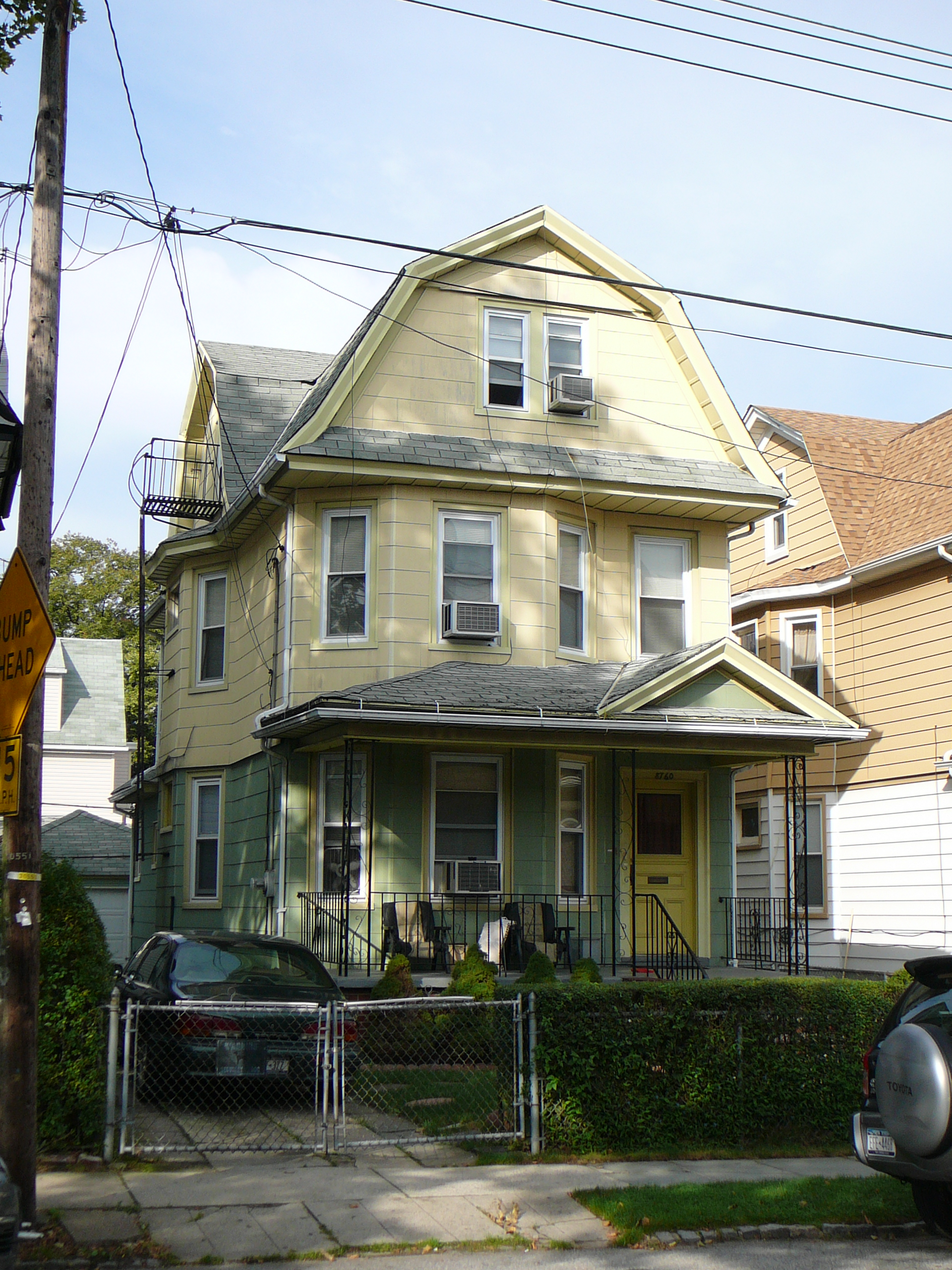
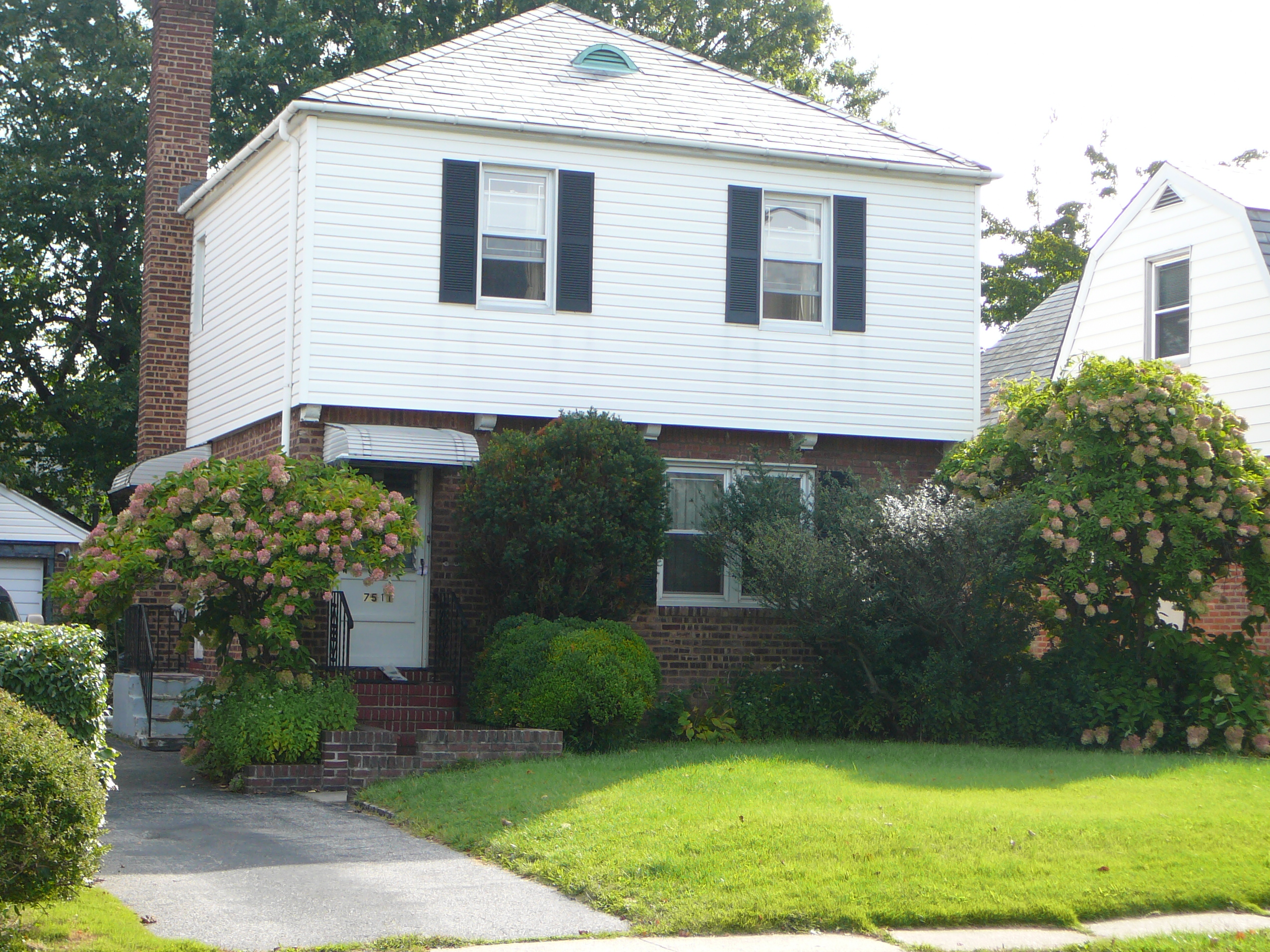
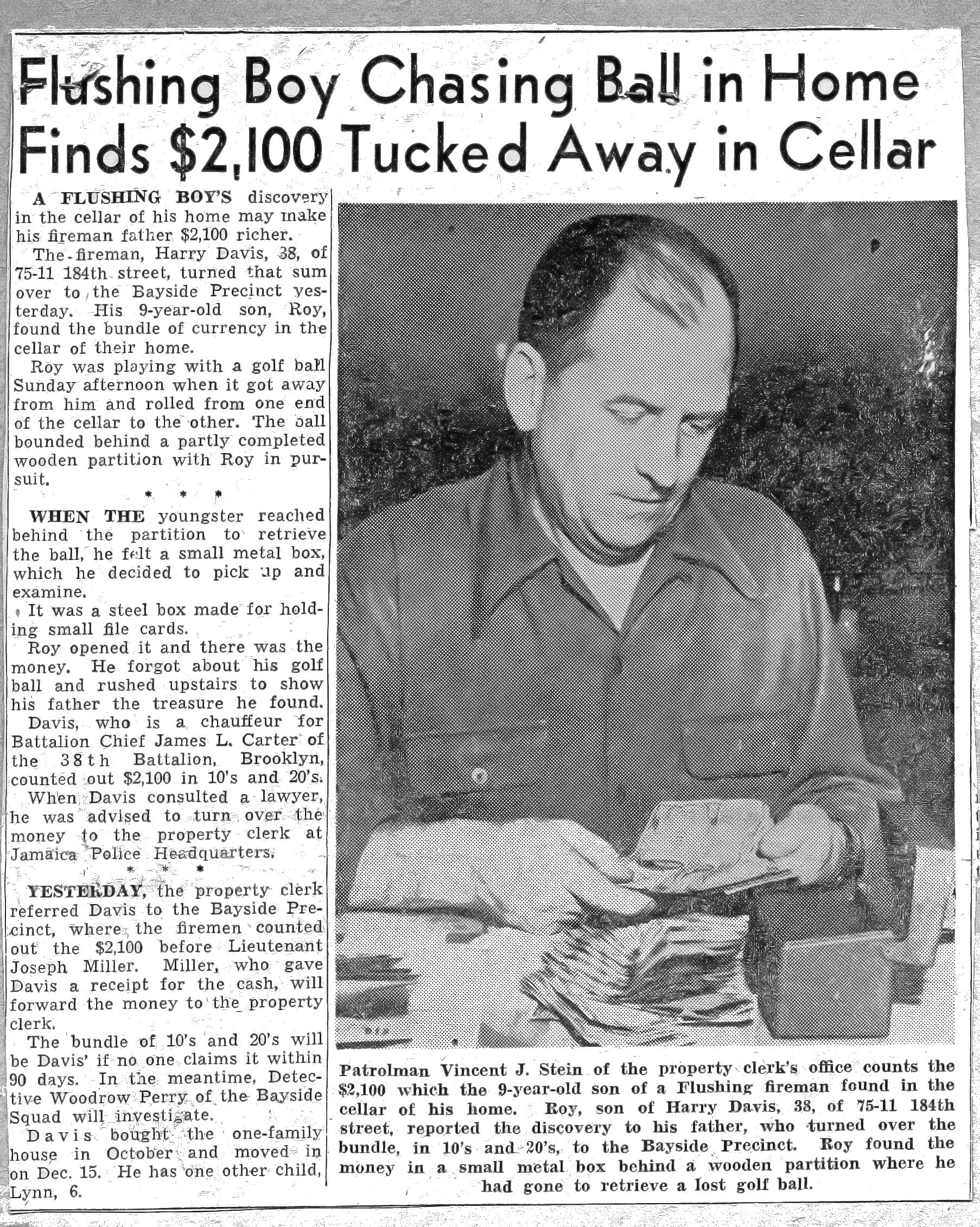
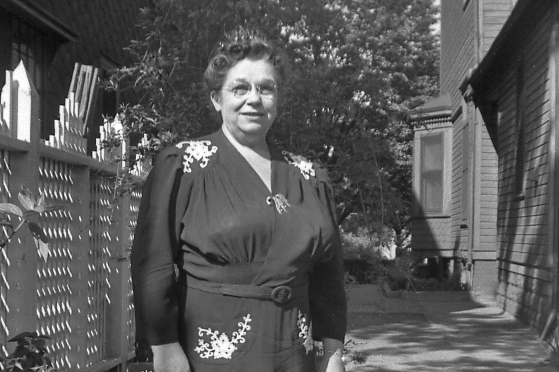
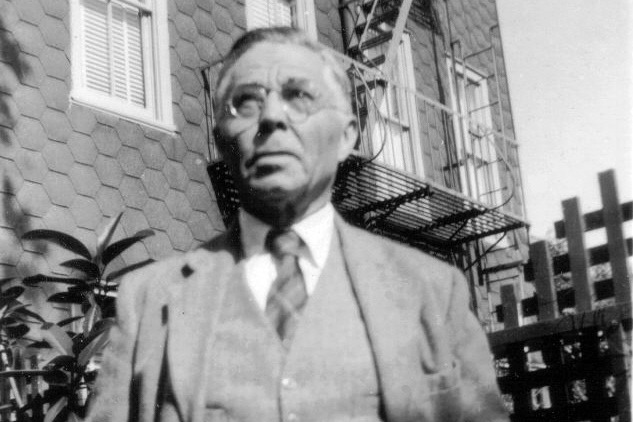

.jpg)
.jpg)

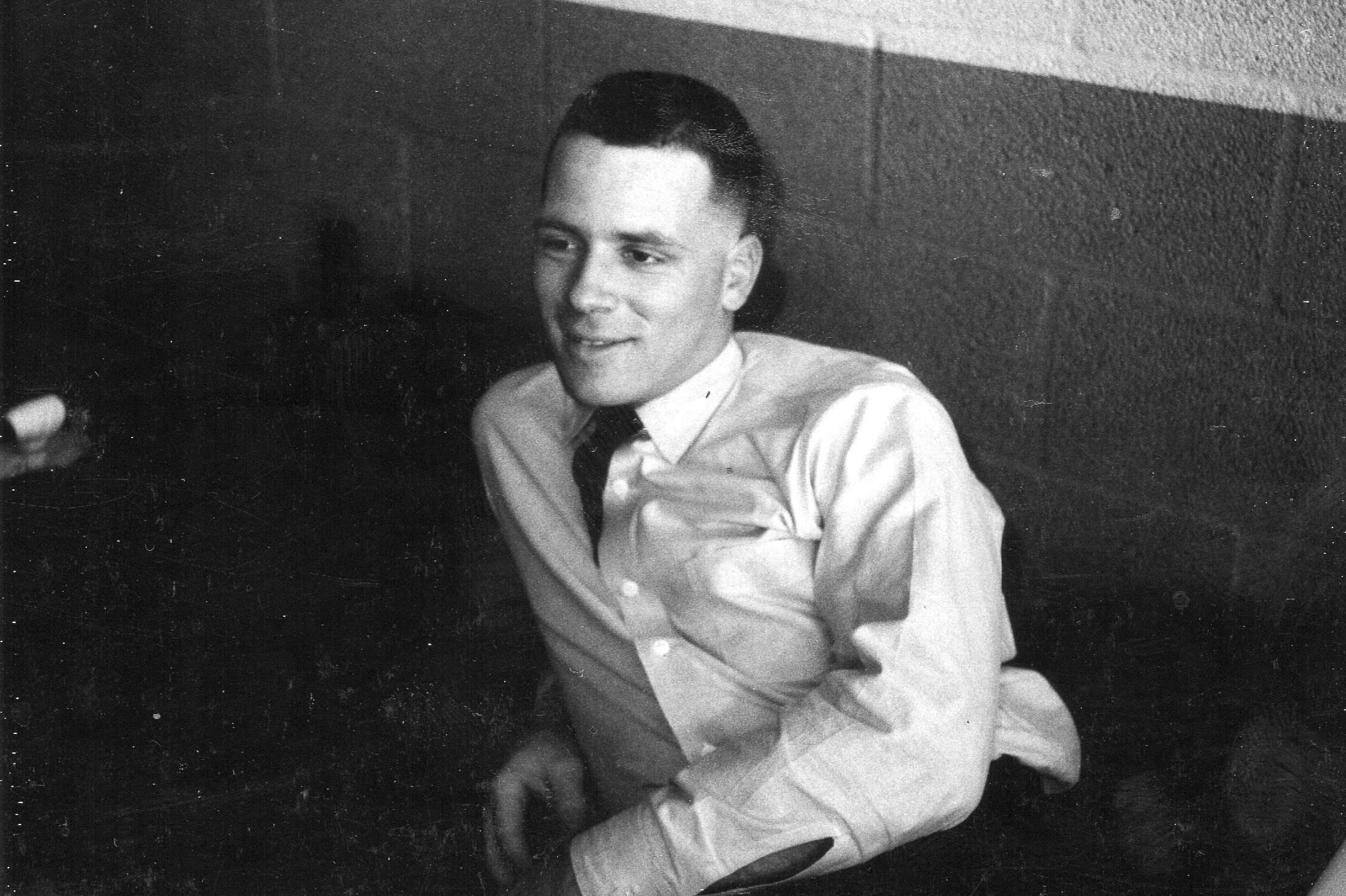
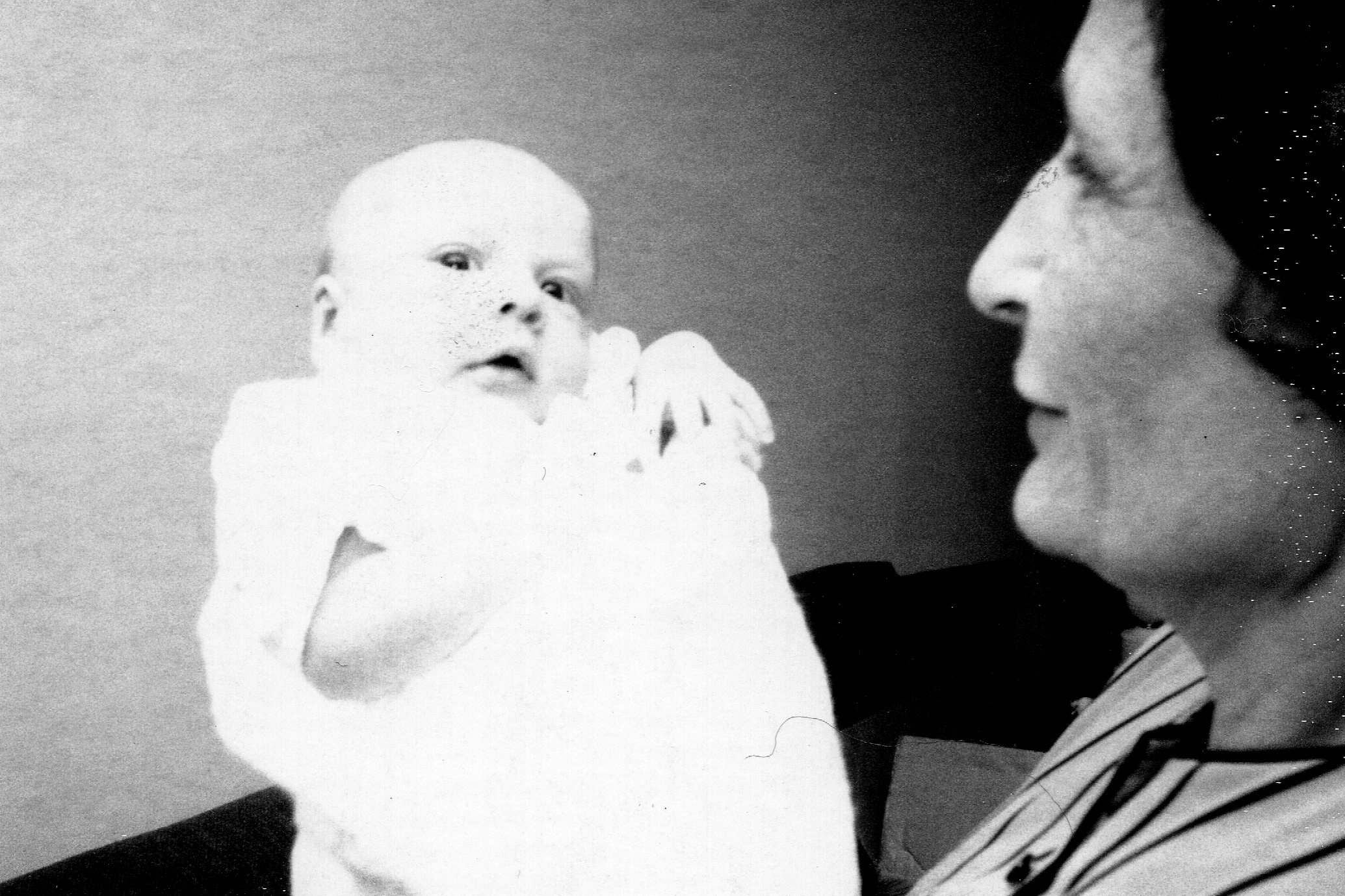
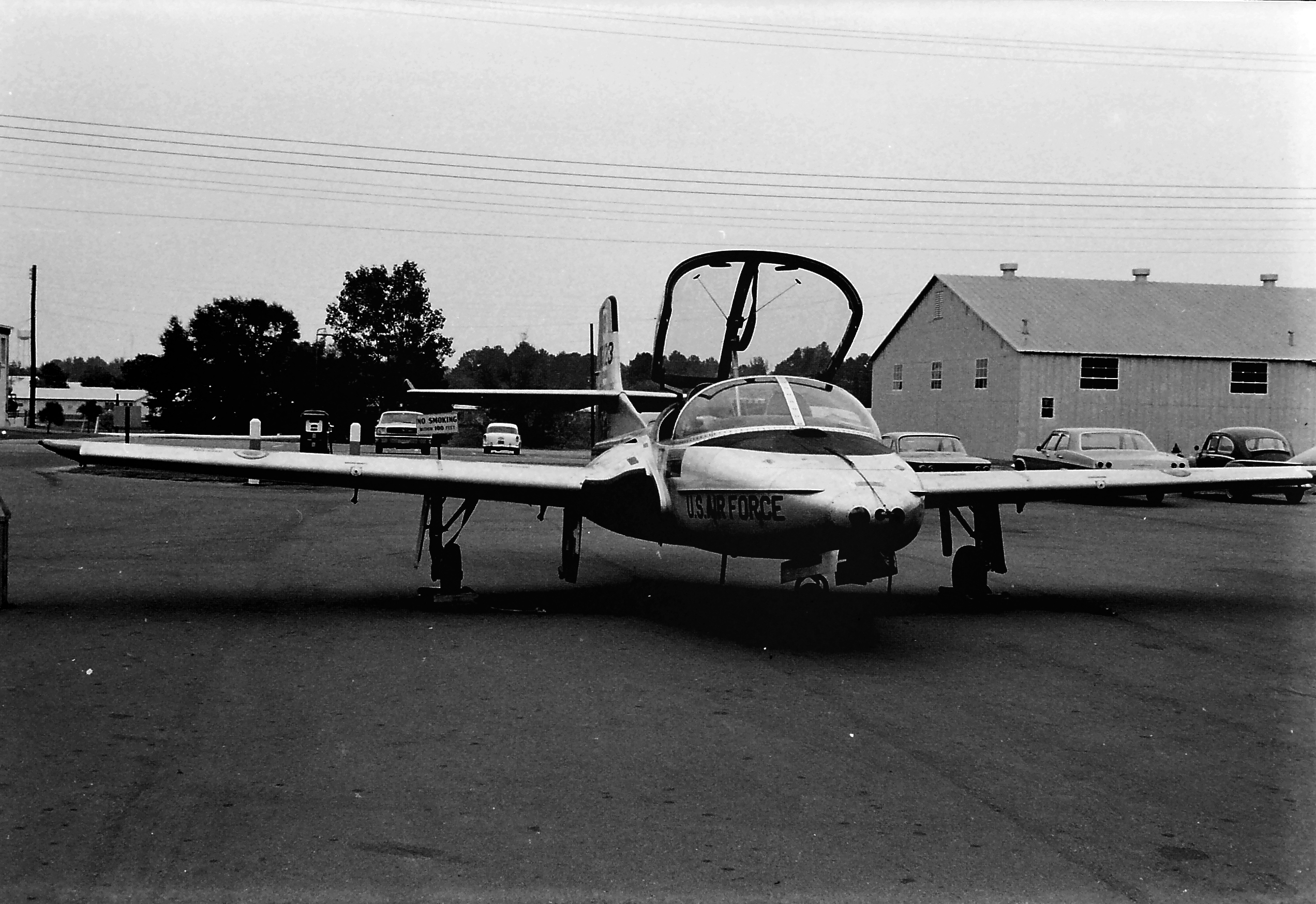
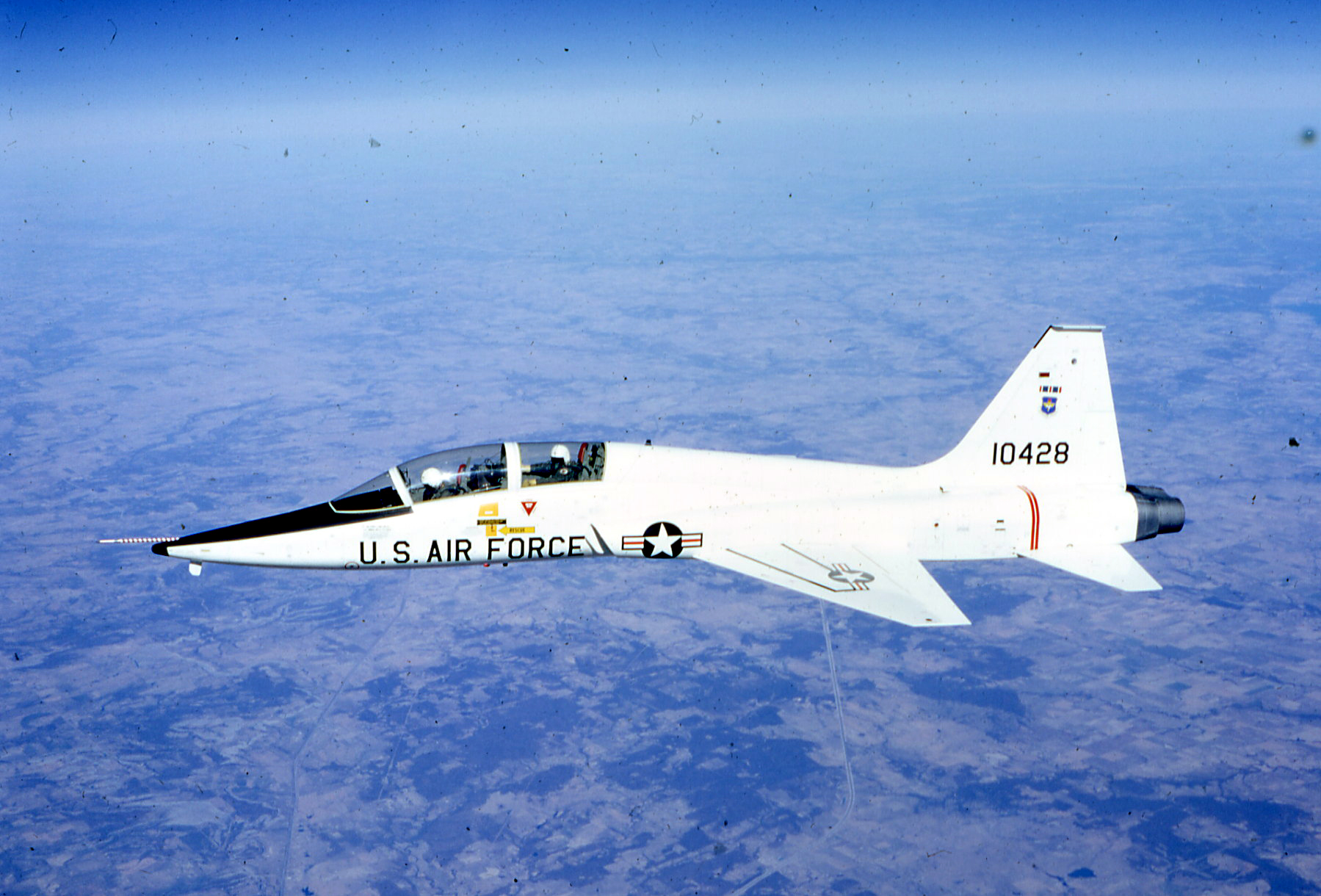
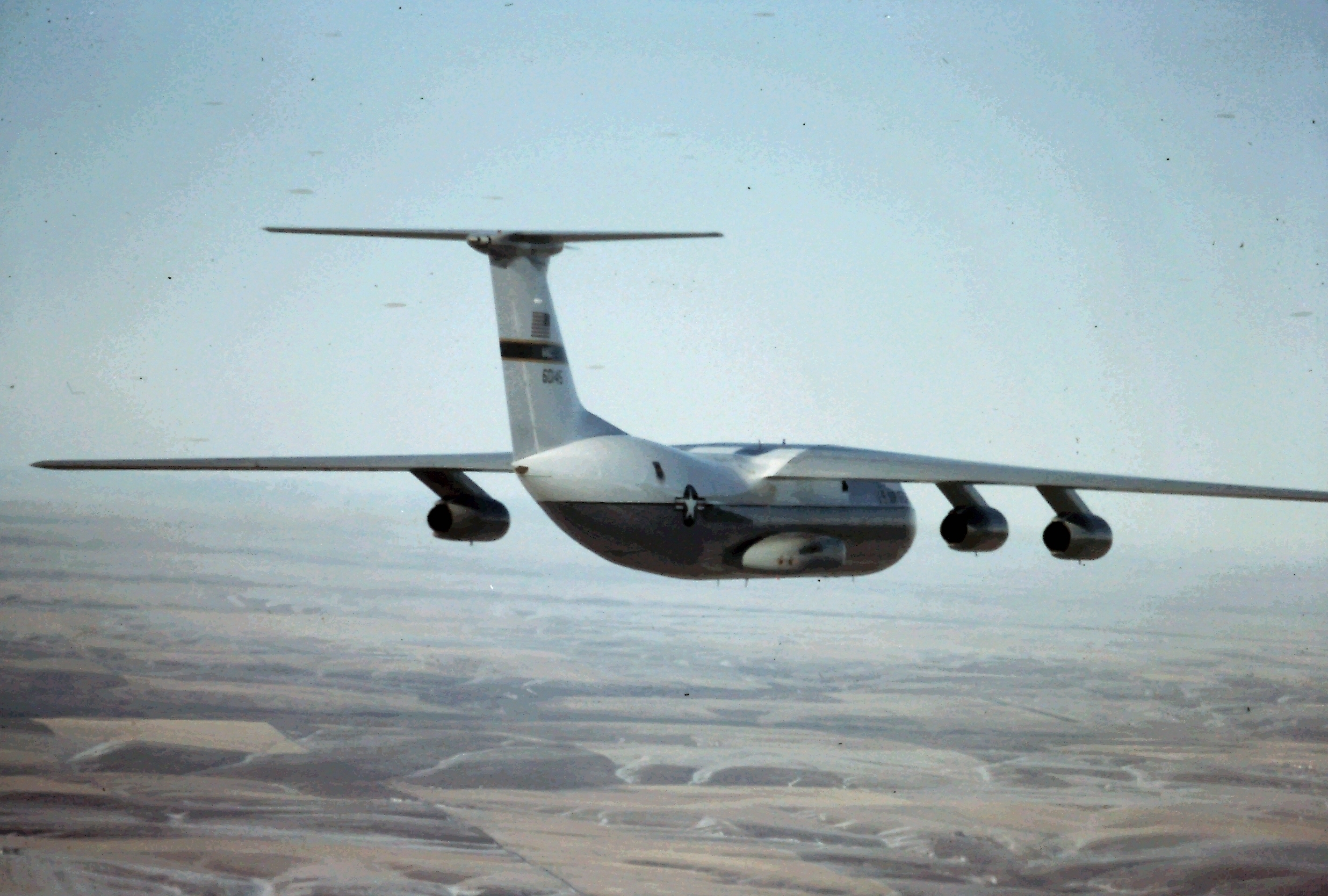
.jpg)
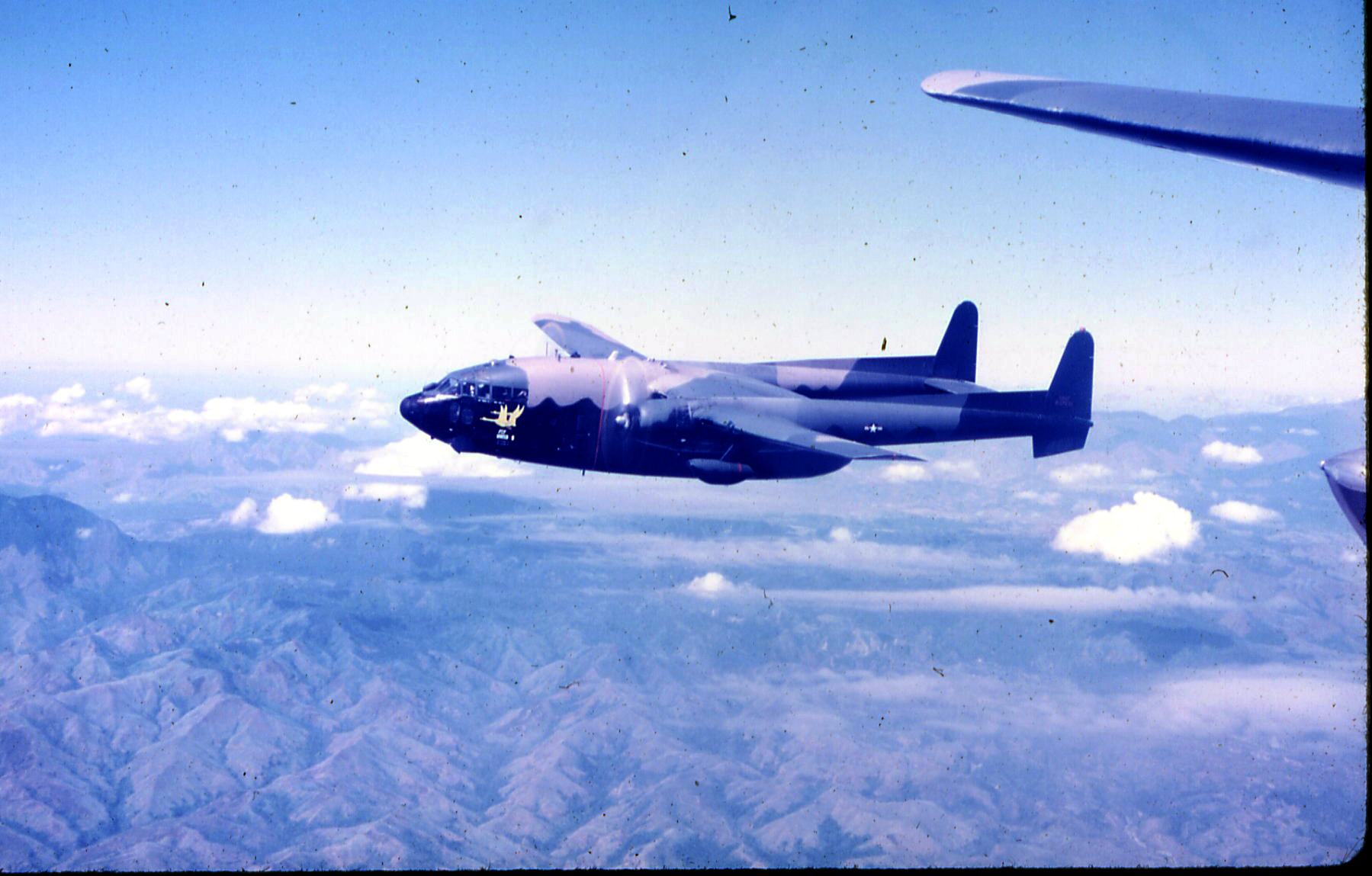
.jpg)

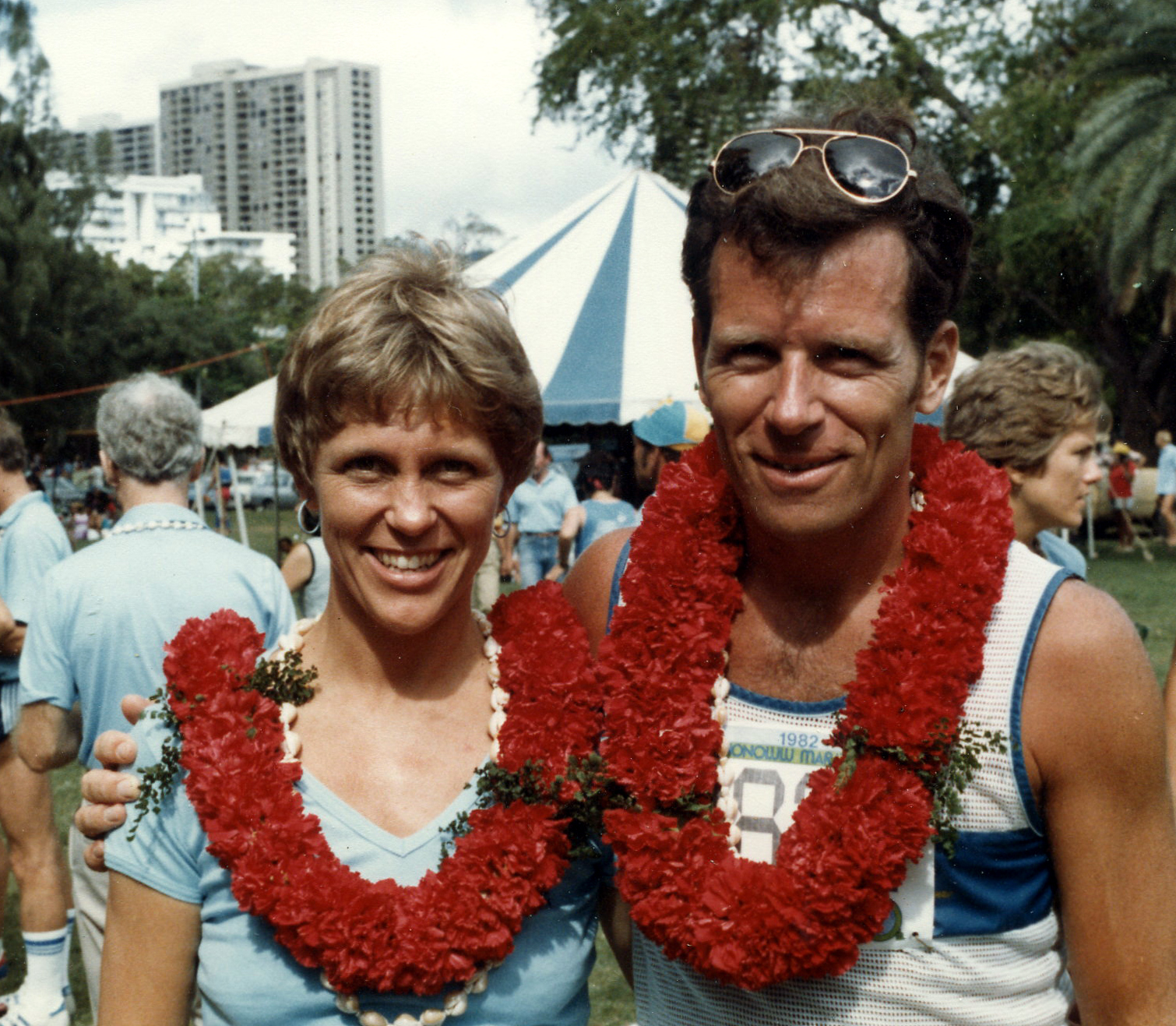
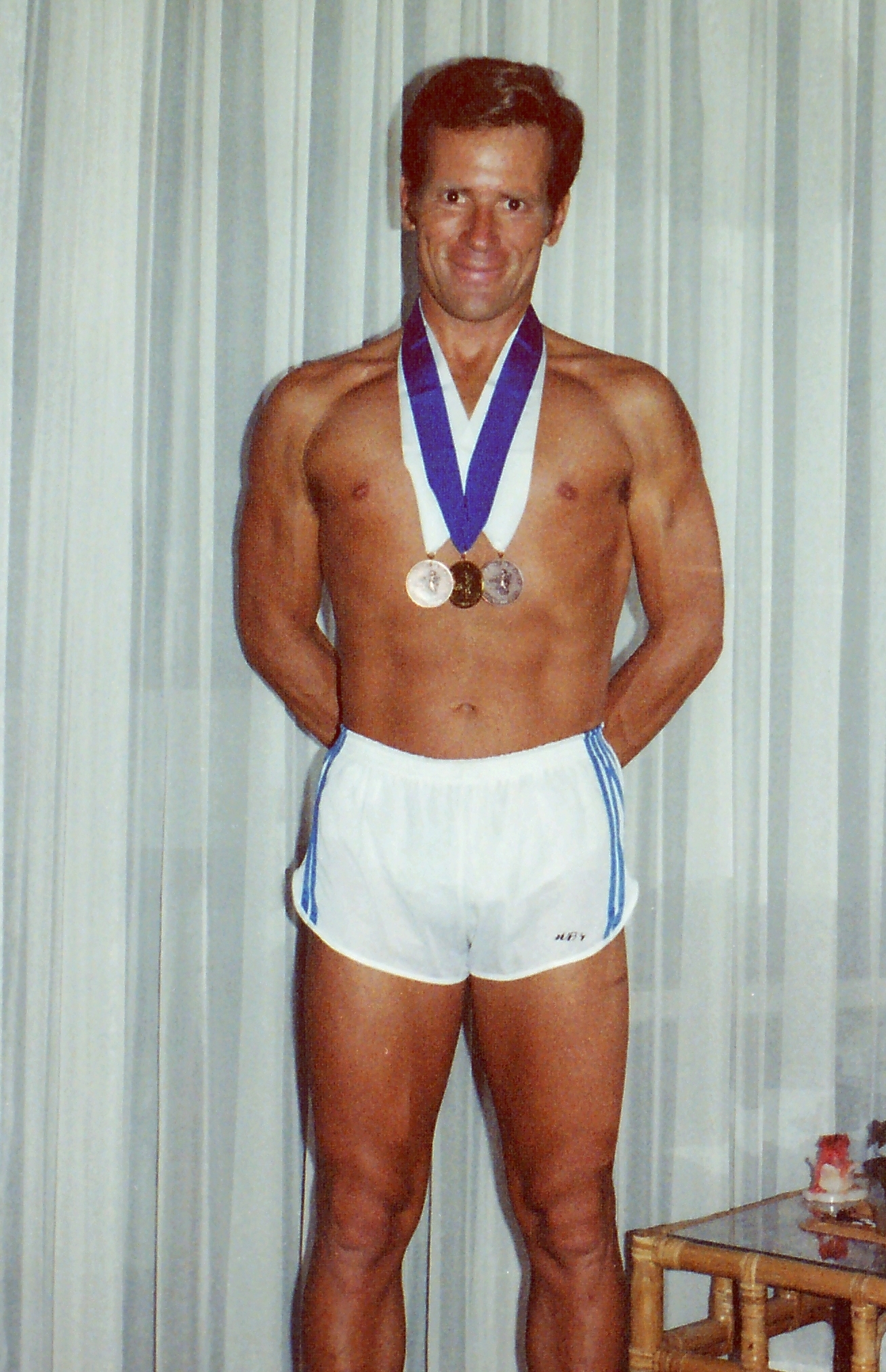
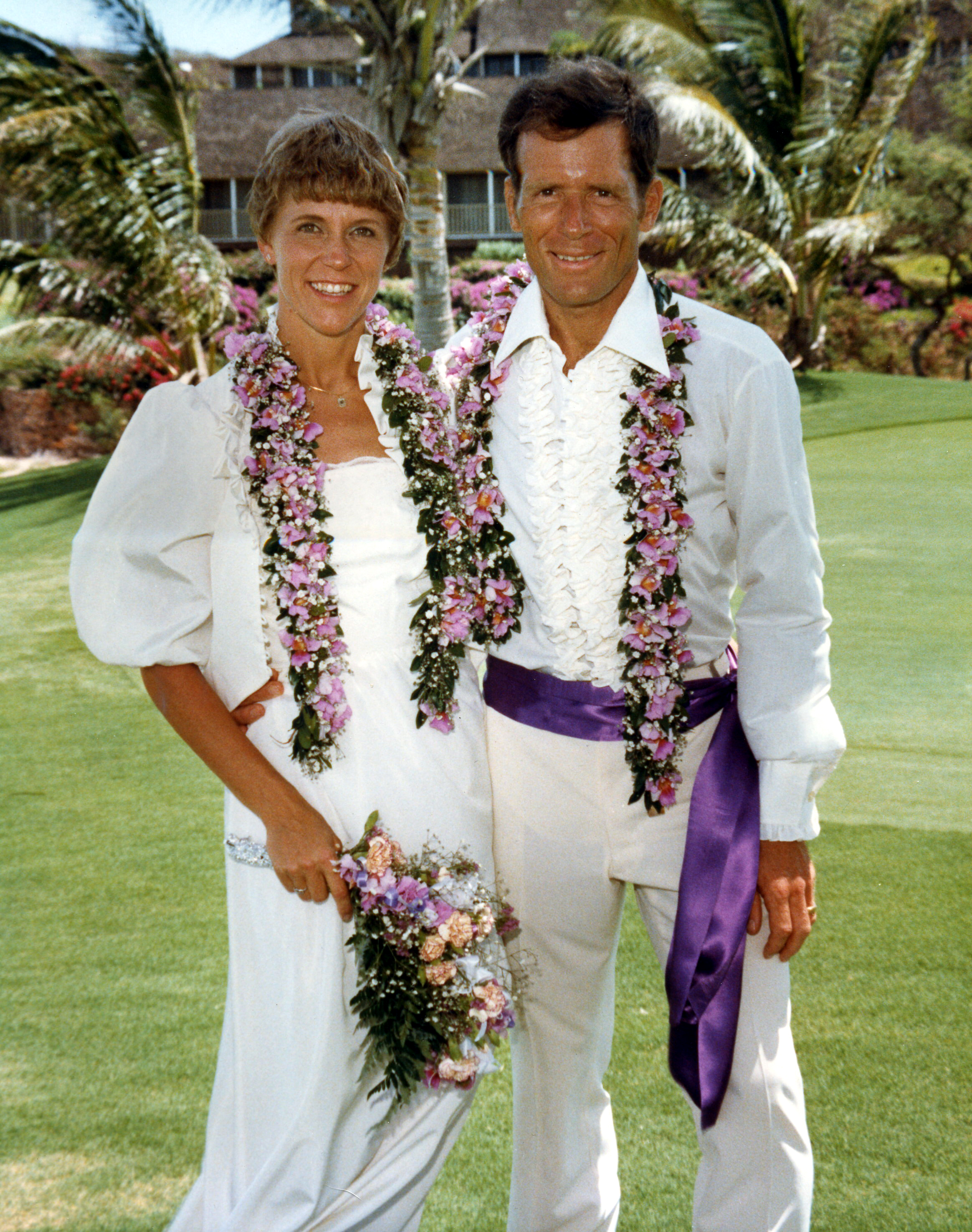
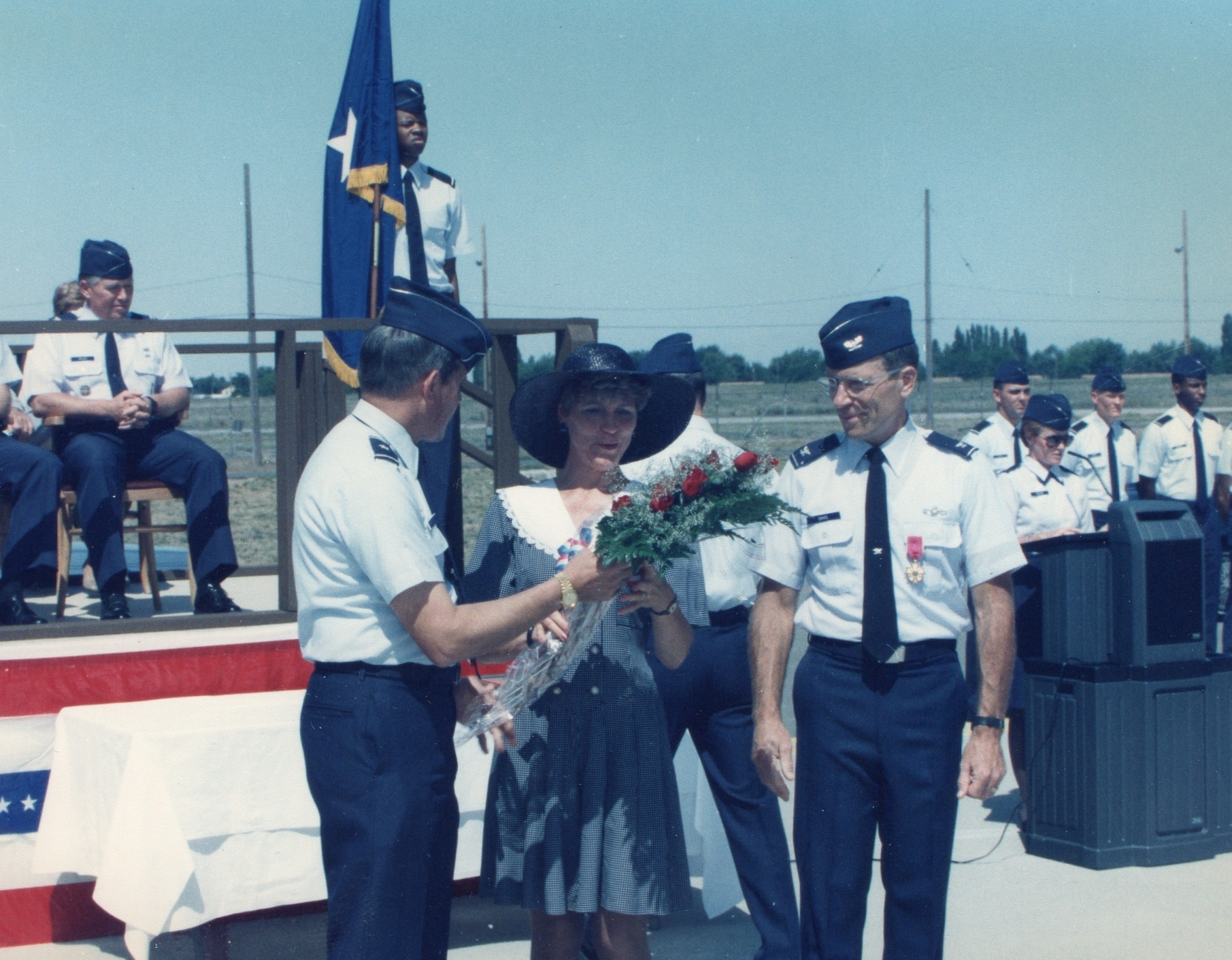
.jpg)
.jpg)
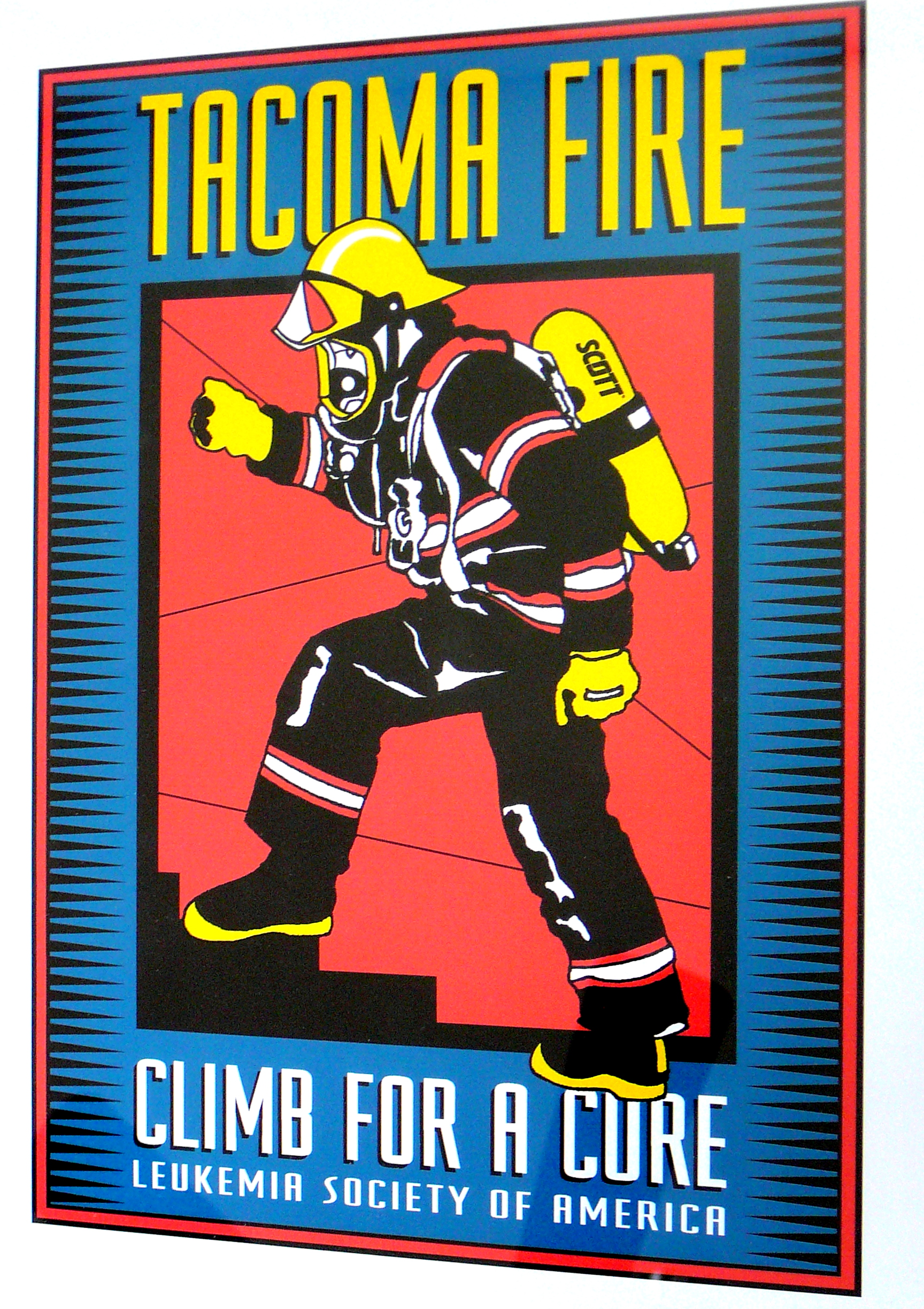


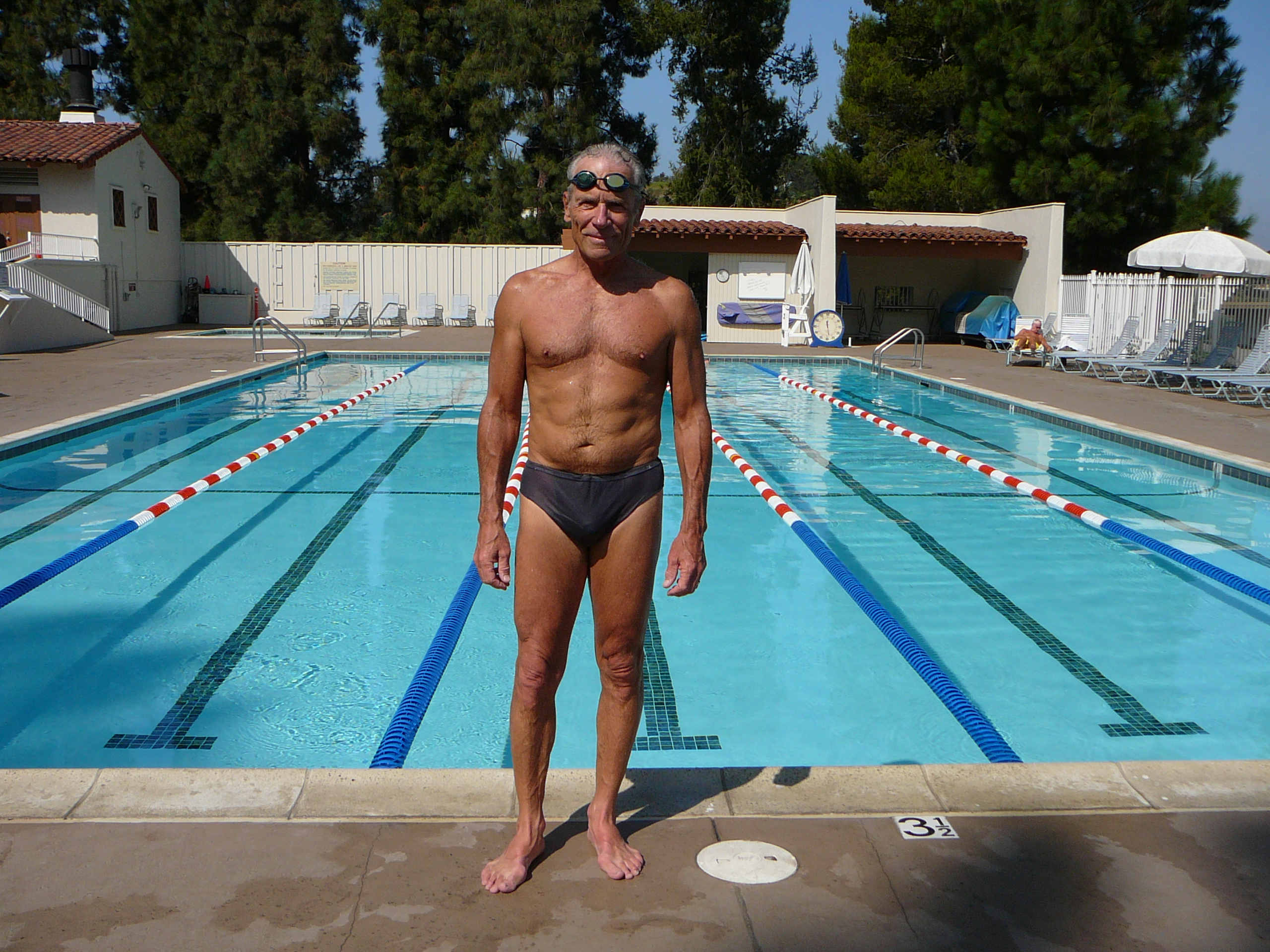
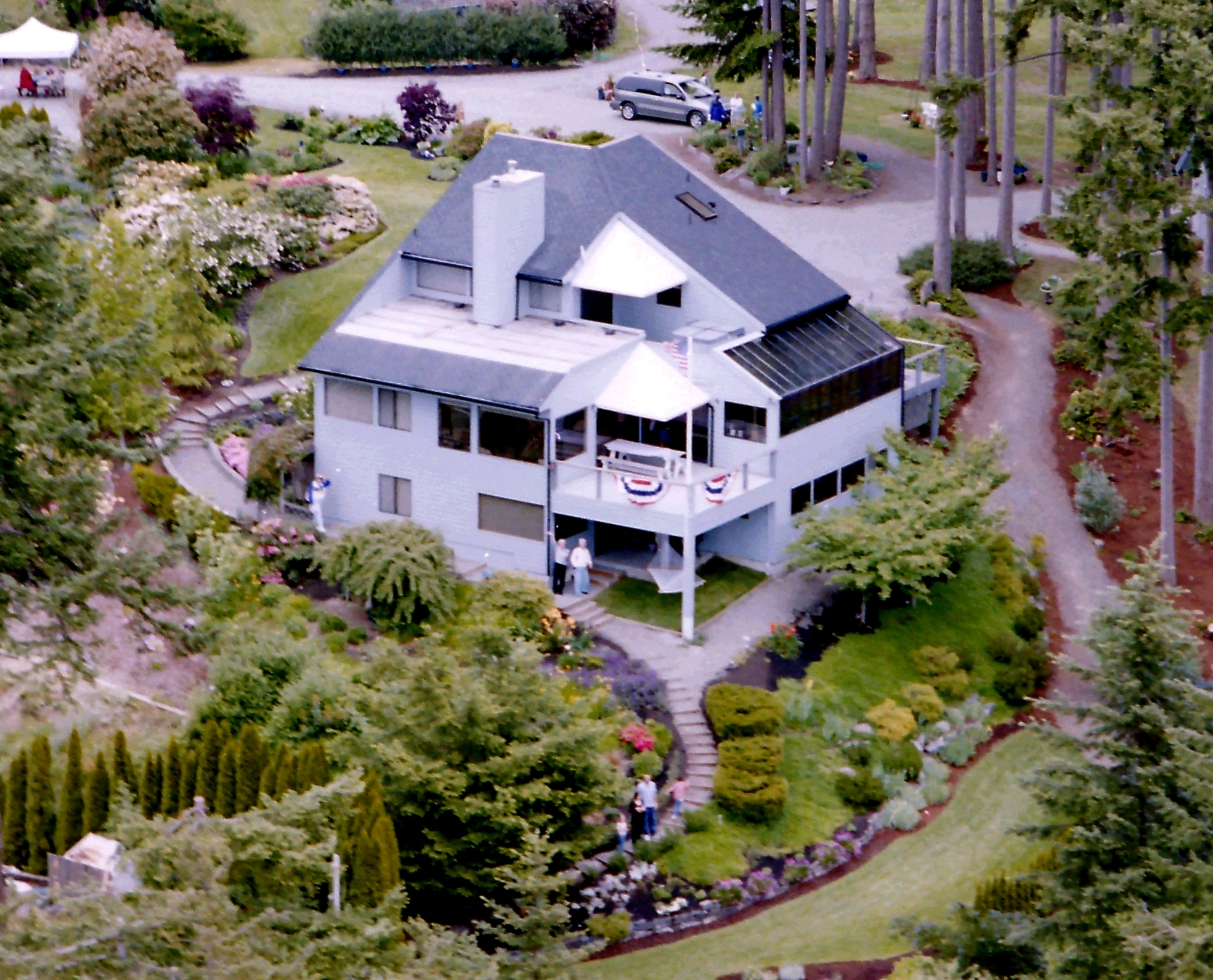
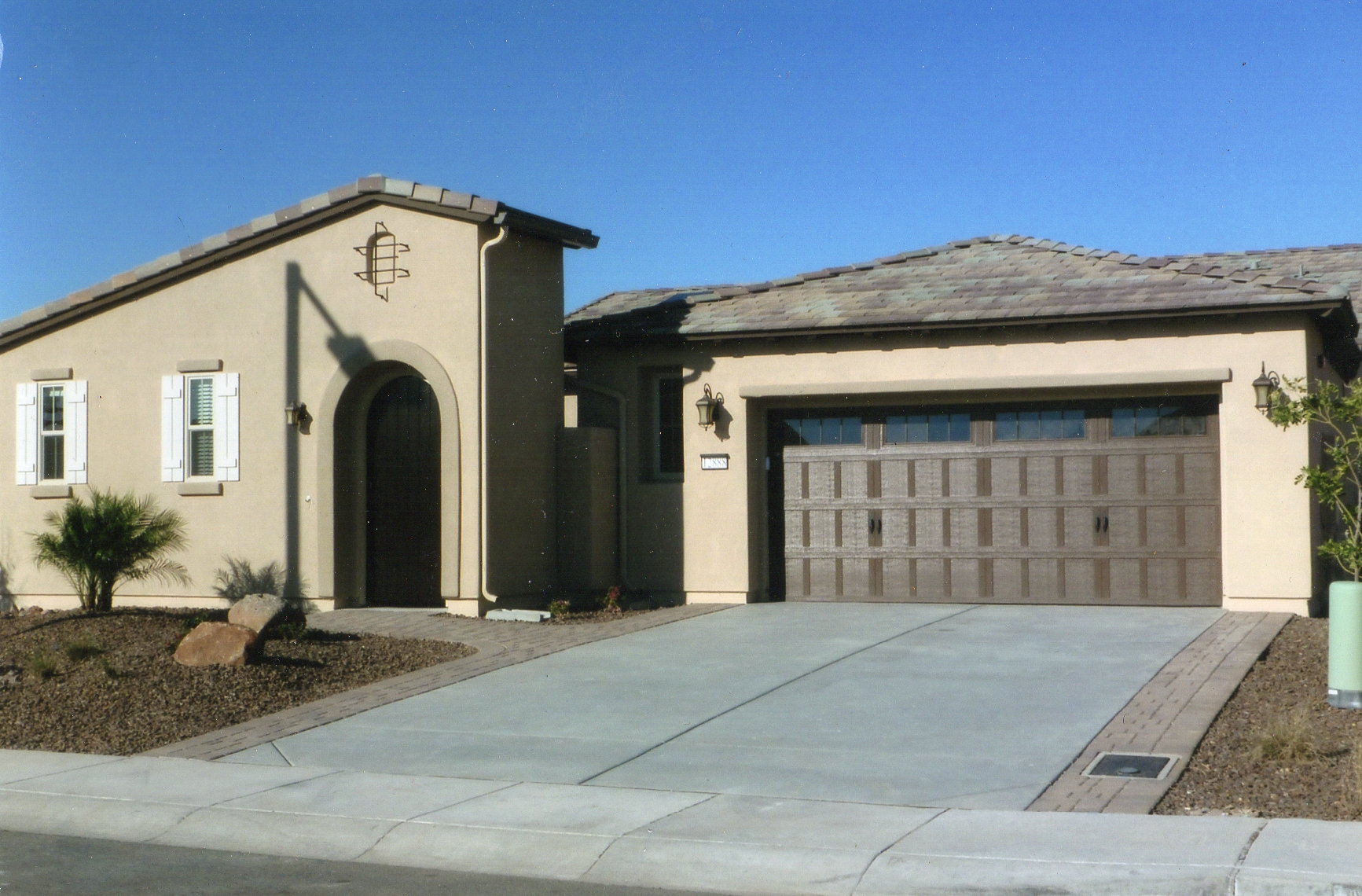
.jpg)
.jpg)
.jpg)